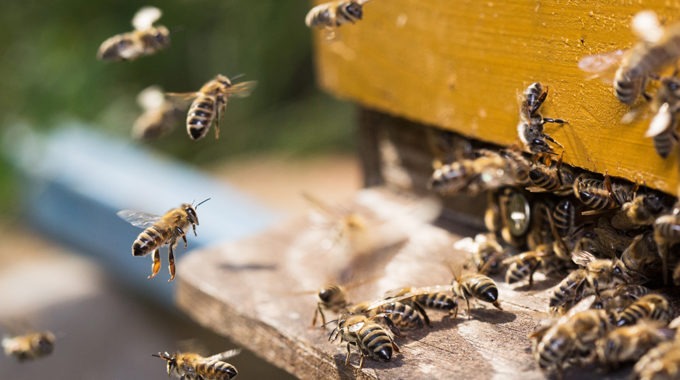Backyard beekeeping: how to get started
Bees need our help! Insecticides, habitat loss and climate change are all threatening our bee populations, which are declining at a rapid rate. It’s time to show some love to our precious pollinators. Beekeeping teacher and speaker Doug Purdie runs The Urban Beehive, maintaining more than 100 beehives on city rooftops balconies and in backyards and community gardens around Sydney. Seven years ago, he wrote Backyard Bees: A Complete Guide For The Beginner Beekeeper Or Bee Enthusiast. The book has now been fully revised and updated to cater to the growing backyard beekeeping community across Australia.
Whether you’re thinking about installing a hive in your garden or on your rooftop, or simply want to add more bee-friendly plants to your backyard or neighbourhood patch, Backyard Bees offers friendly, expert advice on keeping happy, healthy bees and harvesting the liquid gold, including tips on choosing the right hive and equipment for you.
Here, we feature an extract from the book, which outlines how you can get started on your own beekeeping adventure and join the 28,000+ recreational beekeepers in Australia.
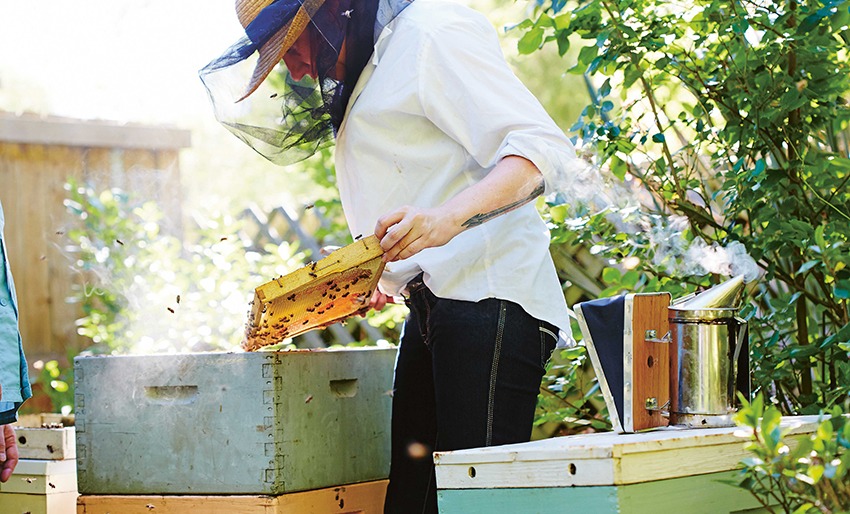
Getting started
Almost anybody can keep bees. You don’t need a huge amount of space. My house in inner-city Sydney is only about 3 metres wide and I’ve kept bees on the back deck and roof on and off for years. Usually, neighbours will be unaware you even have a hive.
Beekeeping is an incredibly rewarding hobby that only takes an average of 40 minutes every two weeks during spring, summer and autumn. Unlike most household pets, these girls feed and water themselves. If you’re like me, you’ll probably want more and more information once you have a taste of beekeeping, and there are plenty of online resources.
You can also consider joining a local bee club. You get to ask questions of beekeepers, and clubs can also assist with buying bees and gear. Many clubs also run beekeeping courses. If you are going to do a course, make sure it includes hands-on experience with bees.
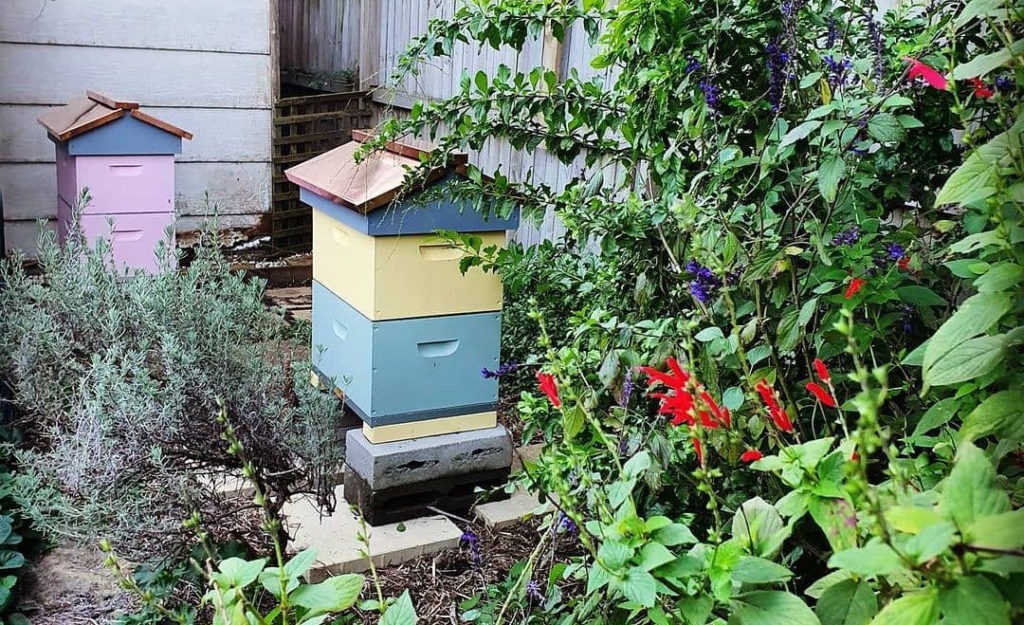
Basic beekeeping equipment
Once you’ve had a go handling bees, know what to expect when you open a hive and can light a smoker, you’re ready to get some gear. Your basic equipment list will look like this:
1. Woodware: beehive brood box, base, lid and frames
2. Tools: bee smoker, hive tool and brush
3. Gear: personal protective equipment
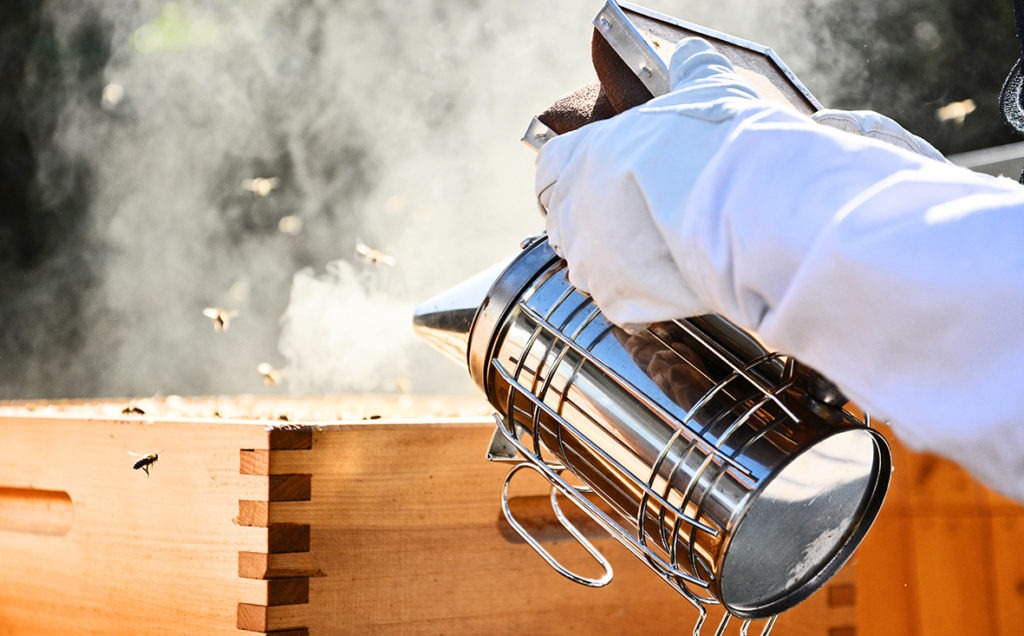
Woodware
Your basic woodware starter kit consists of a base, one “super” (the box where bees store honey) to act as a brood box for developing bees, frames to fill the box and a lid. You’ll add more supers with frames as your hive grows.
Tools
Buy the most expensive smoker you can afford. It’s a tool you’ll use for a long, long time. The smoker masks the pheromones that bees use to communicate alarm. It also suggests that there’s a fire nearby and the bees prepare by filling up on honey in case they need to evacuate the hive. This means they’re busy doing other things rather than watching you.
The hive tool is a multi-purpose tool used to lever things apart and scrape wax and propolis off surfaces. In Australia, some species of bees produce large amounts of propolis (bee glue made from tree sap). I use a J-style tool as I find it gives me excellent leverage.
When it comes to a bee brush, go for natural rather than artificial bristles. Any style will be fine as long as it is a specific bee brush consisting of a single row of bristles. Don’t be tempted to use a dustpan brush. It will annoy the bees, and you don’t want annoyed bees!

Gear
Beekeepers often wear less protective gear as they get more used to handling their girls, so don’t spend $400 on a bee suit. The average backyard beekeeper can get away with synthetic fabric coveralls and a head-and-shoulders veil. Rubber washing-up gloves will protect hands, and elastic-sided or rubber gardening boots will protect ankles and feet.
Whatever you use as protective gear, make sure everything is tucked in and bee-proof. You don’t want the little critters crawling up your trouser leg looking for their hive.
Remember, if you do get stung through your clothing, a little puff of smoke to mask the pheromone of the sting will prevent further stings to the same area.
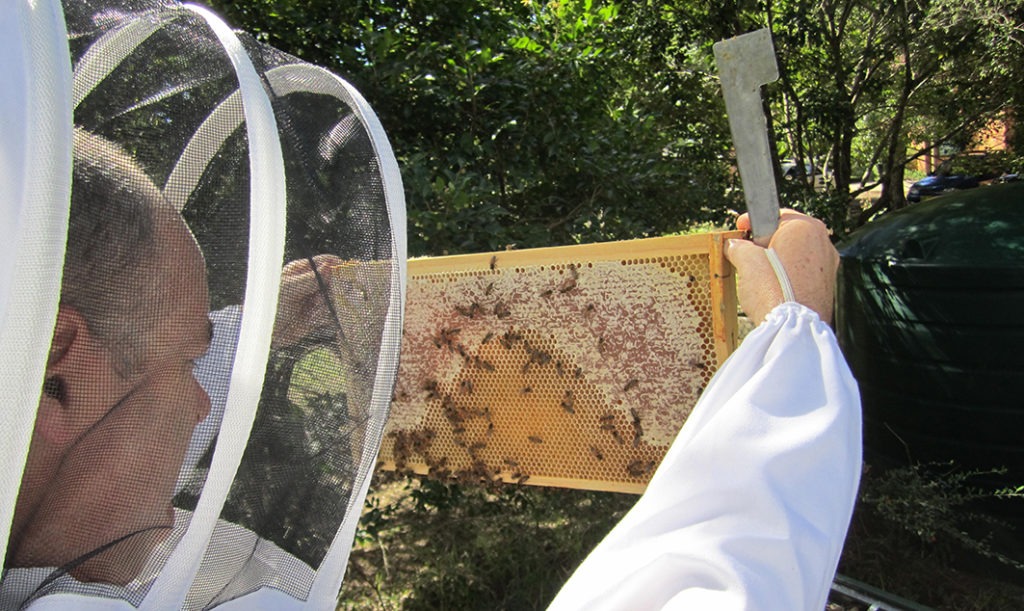
Getting your bees
You have a few options for getting bees: collecting a swarm, buying a bee package, buying a nucleus hive and buying a second-hand hive. The first two options can be used for all hive styles as the bees haven’t established on any frames. The second two will only work if you’re buying bees that have been established on the size and style of hive you have.
Your local bee club can help you find a beekeeping equipment store near you, or they may even operate their own store. Often, bee club members get a discount.
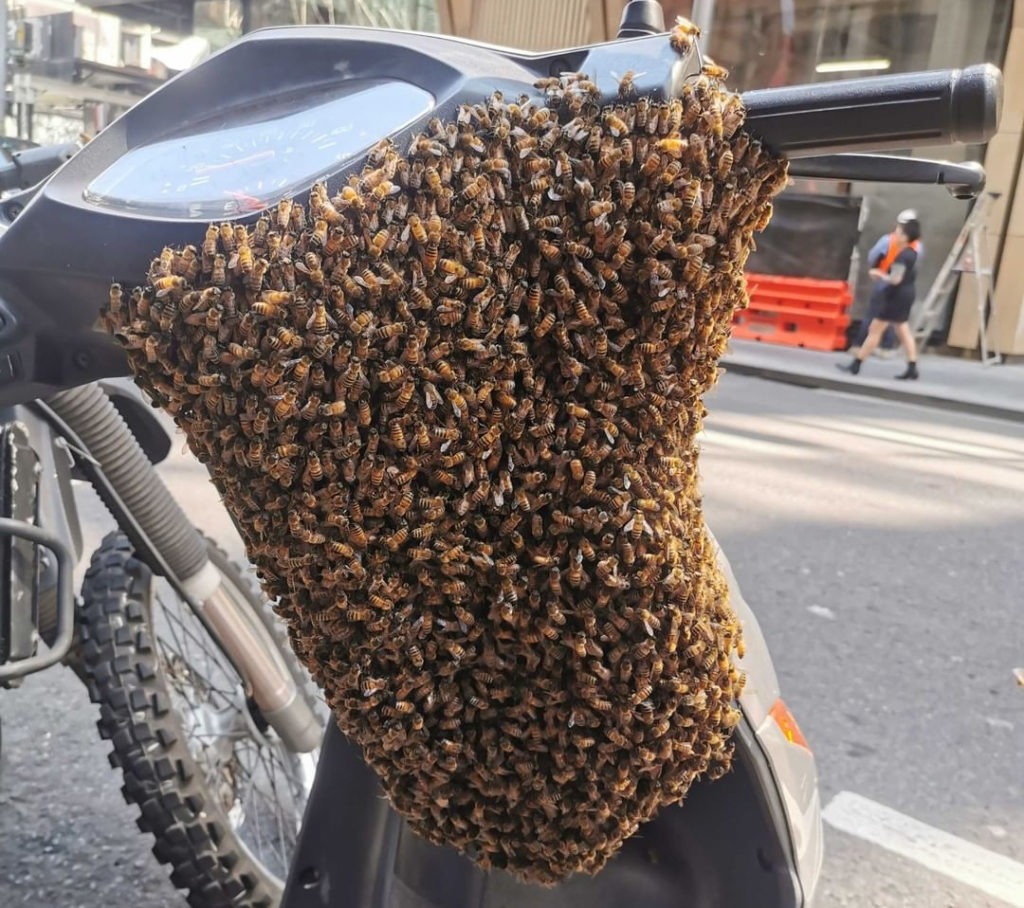
A bee swarm
Swarms are a great way of obtaining bees: they’re free if you can convince a beekeeper to give you a hand or you’ve watched enough YouTube videos to think you can do it yourself. It’s not difficult to catch a swarm; when you’ve done it once you’ll wonder what all the fuss is about. Your local club can also help, and may even run courses on swarm-catching.
You could also set up your hive as a trap by baiting it with lemongrass oil. With any luck, a swarm will move in during spring.
One important point about swarms: you should always provide new, unused wax for the swarm to build on. Never use drawn comb (drawn comb is wax that bees have already used for storing honey or raising baby bees). This is because the bees gorge themselves with honey when they decide to swarm, and the honey could contain disease.

A bee package
Beekeeping equipment shops sell package bees in spring. Check with your local store if you need to order them. They consist of a queen bee in a cage and 1 or 1.5 kilograms of bees (8000 or 12,000 bees) in a special box with sugar syrup in a special feeder. You pick them up, take them home and pour them into your hive: it sounds simple, and it is.
A nucleus hive
This consists of four or five frames of brood (baby bees) and honey, a queen and bees. It’s essentially a small beehive that’s easily transferred into your own set-up and will grow very quickly into a full-blown beehive. Remember: the frames have to match your hive.
A second-hand hive
Second-hand hives can be purchased from online auction sites or various sellers who advertise online or in magazines. But you need to be careful, as second-hand equipment can be diseased or in poor condition, making it virtually worthless. You need an experienced beekeeper to help you assess the hive’s condition prior to purchase.
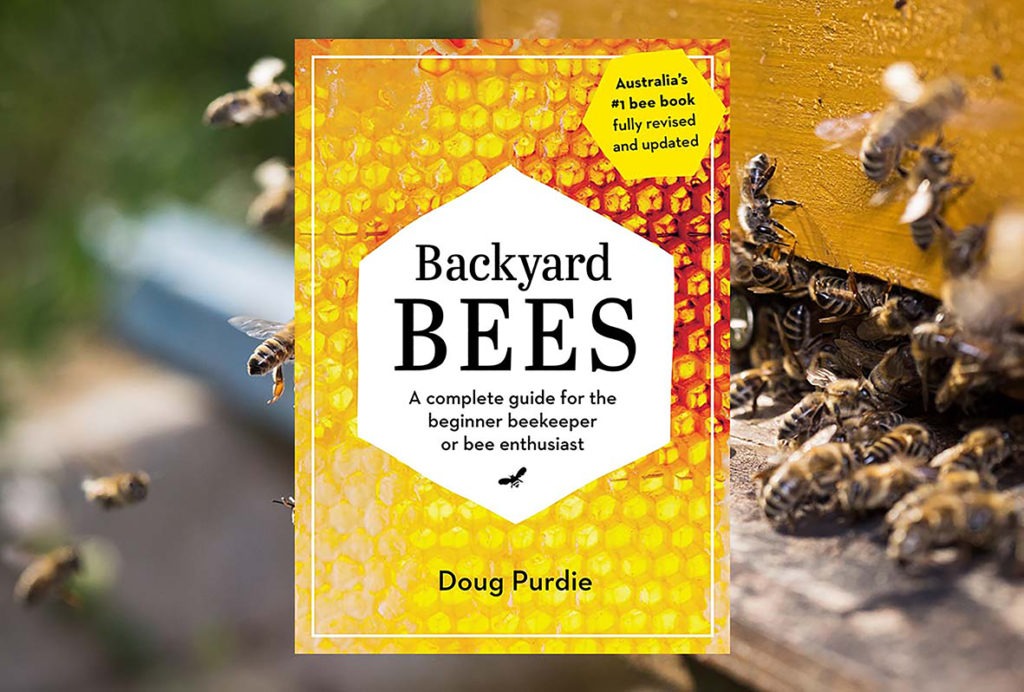
Once you start talking about bees, many people will offer an opinion about a particular hive design. Ignore what anybody tells you about bees preferring this or that, or about this design being cruel and that design being more bee-friendly. Make up your own mind by doing some research, and recognise that you are the biggest influence on how comfortable the bees are in any type of hive. Any hive design can be used, and really, the bees prefer shelter from the elements first and foremost; everything else is secondary.
This is an abridged extract from Backyard Bees by Doug Purdie, with photography by Cath Muscat. Backyard Bees is published by Murdoch Books. RRP $36.99.


